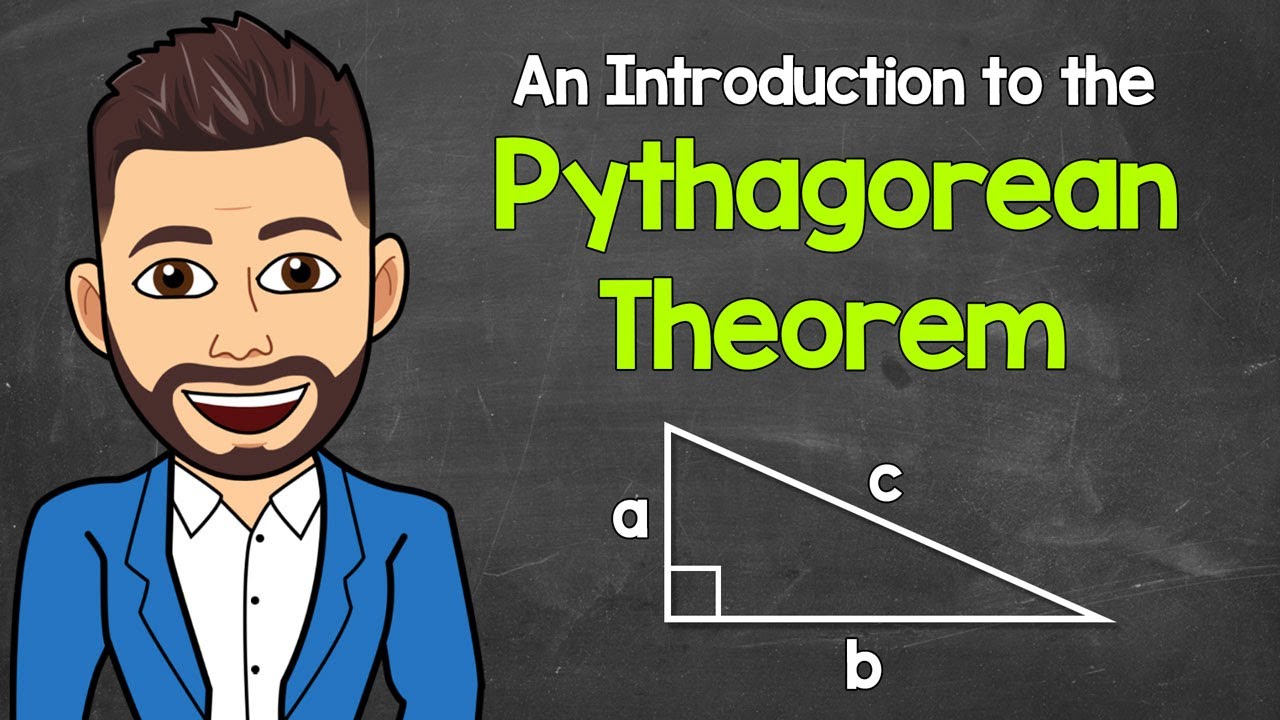
Exploring the Pythagorean Theorem
Interactive Video
•
Mathematics
•
6th - 10th Grade
•
Practice Problem
•
Medium
Standards-aligned
Amelia Wright
Used 99+ times
FREE Resource
Standards-aligned
Read more
10 questions
Show all answers
1.
MULTIPLE CHOICE QUESTION
30 sec • 1 pt
Who is credited with the Pythagorean Theorem?
Pythagoras
Aristotle
Archimedes
Euclid
Tags
CCSS.8.G.B.8
2.
MULTIPLE CHOICE QUESTION
30 sec • 1 pt
What type of triangle is the Pythagorean Theorem applicable to?
Scalene
Isosceles
Equilateral
Right
Tags
CCSS.8.G.B.8
3.
MULTIPLE CHOICE QUESTION
30 sec • 1 pt
What does the 'c' in the Pythagorean Theorem equation represent?
The perimeter of the triangle
The area of the triangle
The hypotenuse
One of the legs
Tags
CCSS.8.G.B.8
4.
MULTIPLE CHOICE QUESTION
30 sec • 1 pt
What is the first step in using the Pythagorean Theorem to find a missing side?
Divide the hypotenuse by 2
Add the lengths of the legs
Identify the legs and hypotenuse
Square the hypotenuse
Tags
CCSS.8.G.B.8
5.
MULTIPLE CHOICE QUESTION
30 sec • 1 pt
What does the Pythagorean Theorem equation 'a squared plus b squared equals c squared' represent?
The relationship between the sides of a right triangle
The area of a right triangle
The relationship between the sides of any triangle
The sum of the angles in a right triangle
Tags
CCSS.8.G.B.8
6.
MULTIPLE CHOICE QUESTION
30 sec • 1 pt
If the legs of a right triangle are 4 feet and 3 feet, what is the length of the hypotenuse?
5 feet
6 feet
7 feet
8 feet
Tags
CCSS.8.G.B.7
7.
MULTIPLE CHOICE QUESTION
30 sec • 1 pt
How do you isolate the variable when solving for a side in the Pythagorean Theorem?
Add the square root
Subtract the square root
Multiply by the square root
Take the square root
Tags
CCSS.8.G.B.8
Create a free account and access millions of resources
Create resources
Host any resource
Get auto-graded reports

Continue with Google

Continue with Email

Continue with Classlink

Continue with Clever
or continue with

Microsoft
%20(1).png)
Apple
Others
Already have an account?
Similar Resources on Wayground
Popular Resources on Wayground

5 questions
This is not a...winter edition (Drawing game)
Quiz
•
1st - 5th Grade

15 questions
4:3 Model Multiplication of Decimals by Whole Numbers
Quiz
•
5th Grade

25 questions
Multiplication Facts
Quiz
•
5th Grade

10 questions
The Best Christmas Pageant Ever Chapters 1 & 2
Quiz
•
4th Grade

12 questions
Unit 4 Review Day
Quiz
•
3rd Grade

10 questions
Identify Iconic Christmas Movie Scenes
Interactive video
•
6th - 10th Grade

20 questions
Christmas Trivia
Quiz
•
6th - 8th Grade

18 questions
Kids Christmas Trivia
Quiz
•
KG - 5th Grade
Discover more resources for Mathematics

10 questions
Identify Iconic Christmas Movie Scenes
Interactive video
•
6th - 10th Grade

15 questions
Solving Equations with Variables on Both Sides Review
Quiz
•
8th Grade

15 questions
scatter plots and trend lines
Quiz
•
8th Grade

21 questions
Convert Fractions, Decimals, and Percents
Quiz
•
6th Grade

20 questions
Solving Systems of Equations by Graphing
Quiz
•
8th Grade

20 questions
Exponents
Quiz
•
6th Grade

20 questions
One step Equations
Quiz
•
6th Grade

15 questions
Christmas Movie Trivia
Quiz
•
7th Grade